Hello. Hola. Bon Dia.
Bonjour. ようこそ。
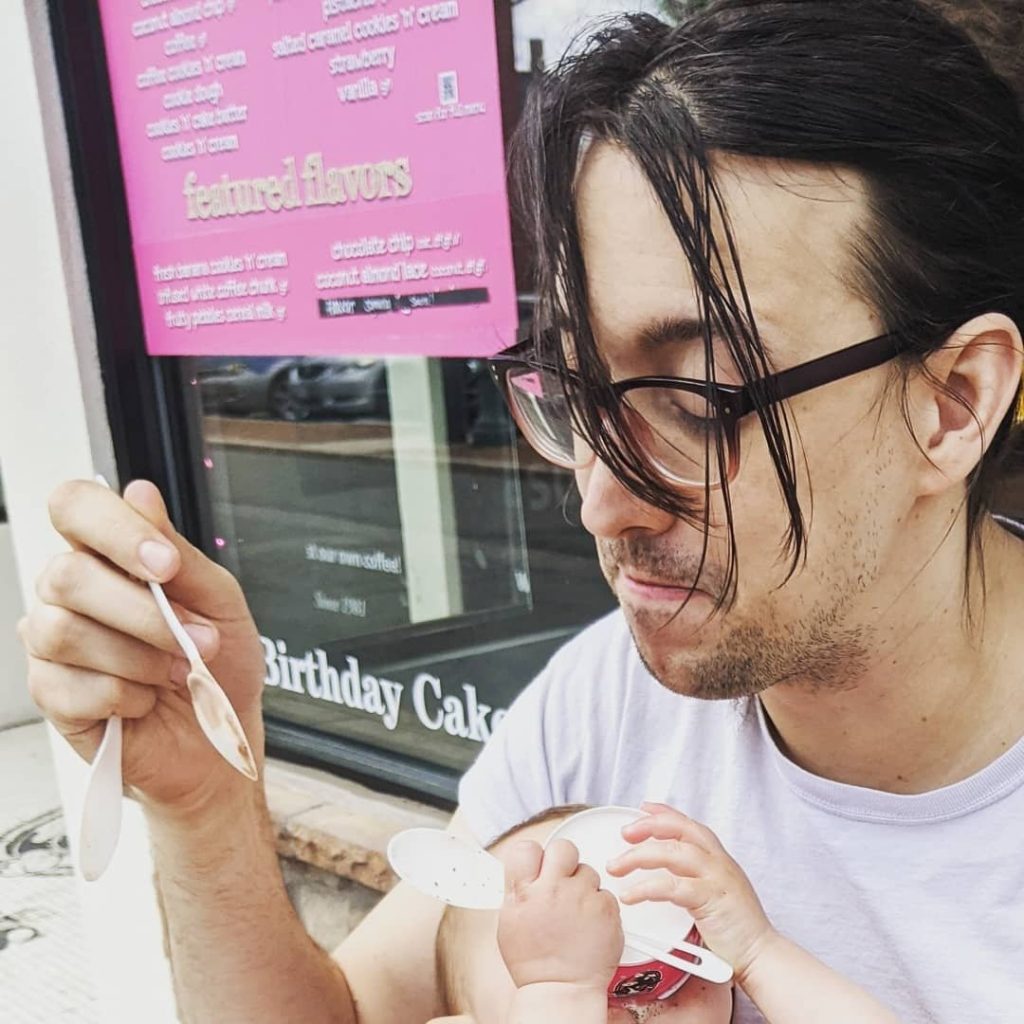
Michael Lahens
UX Designer & Strategist
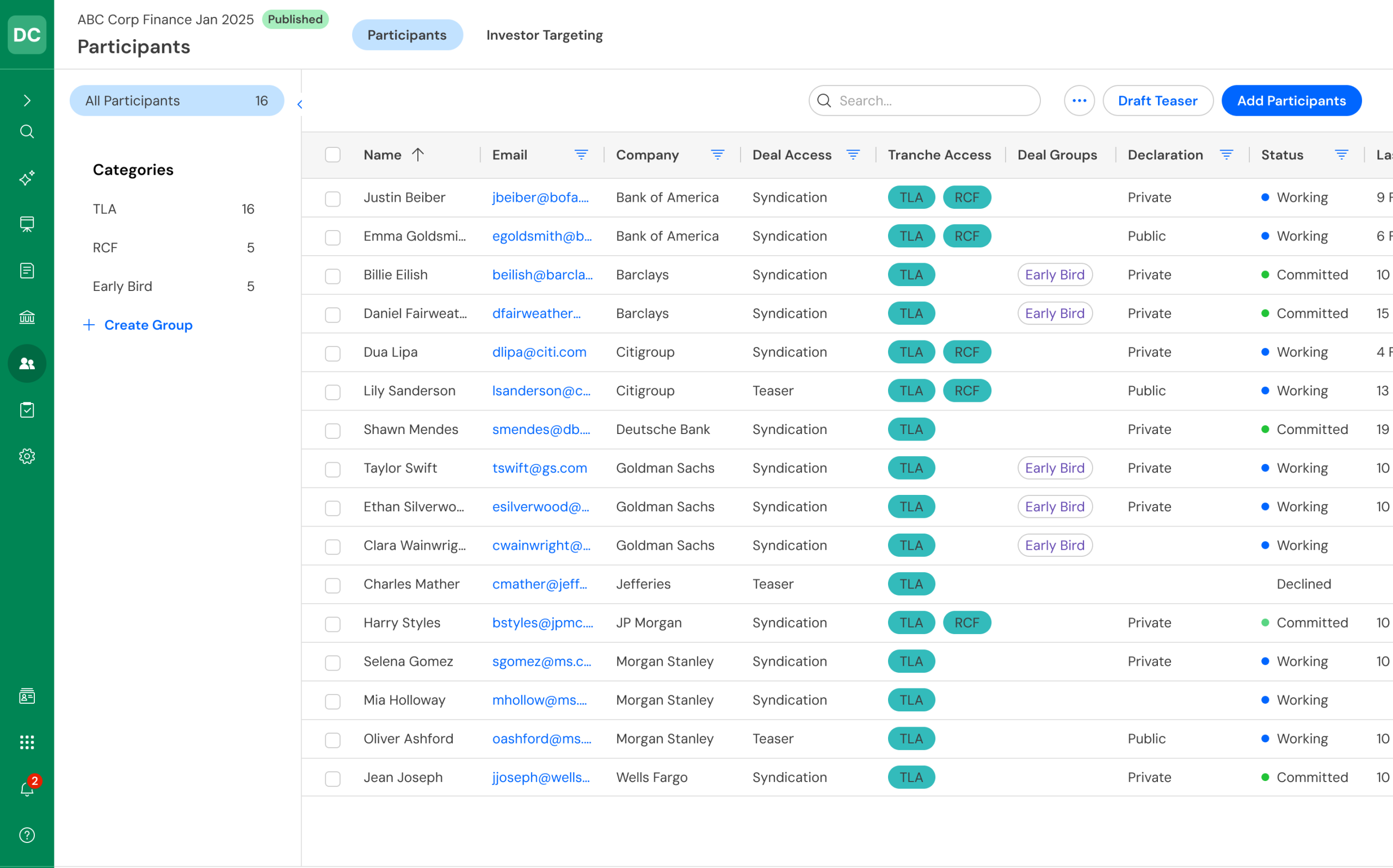
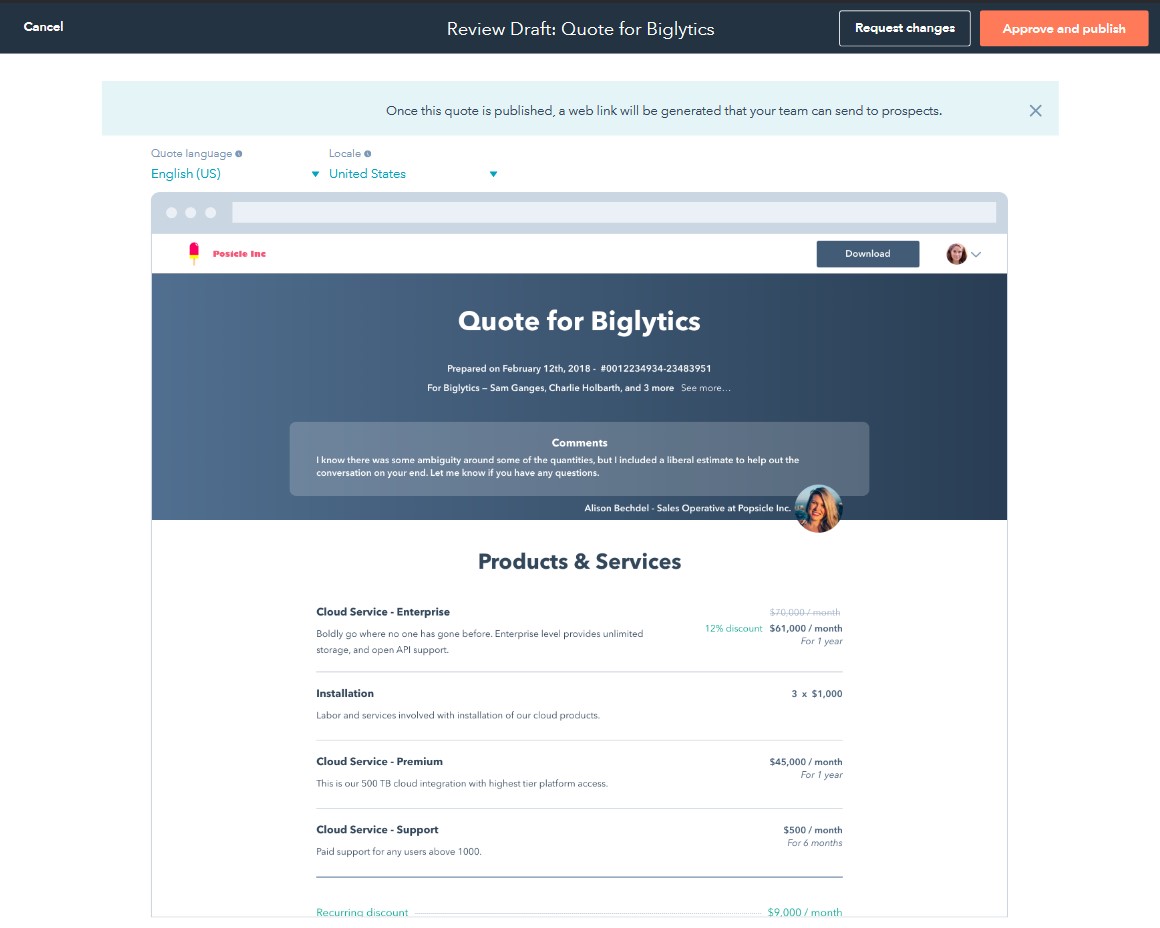
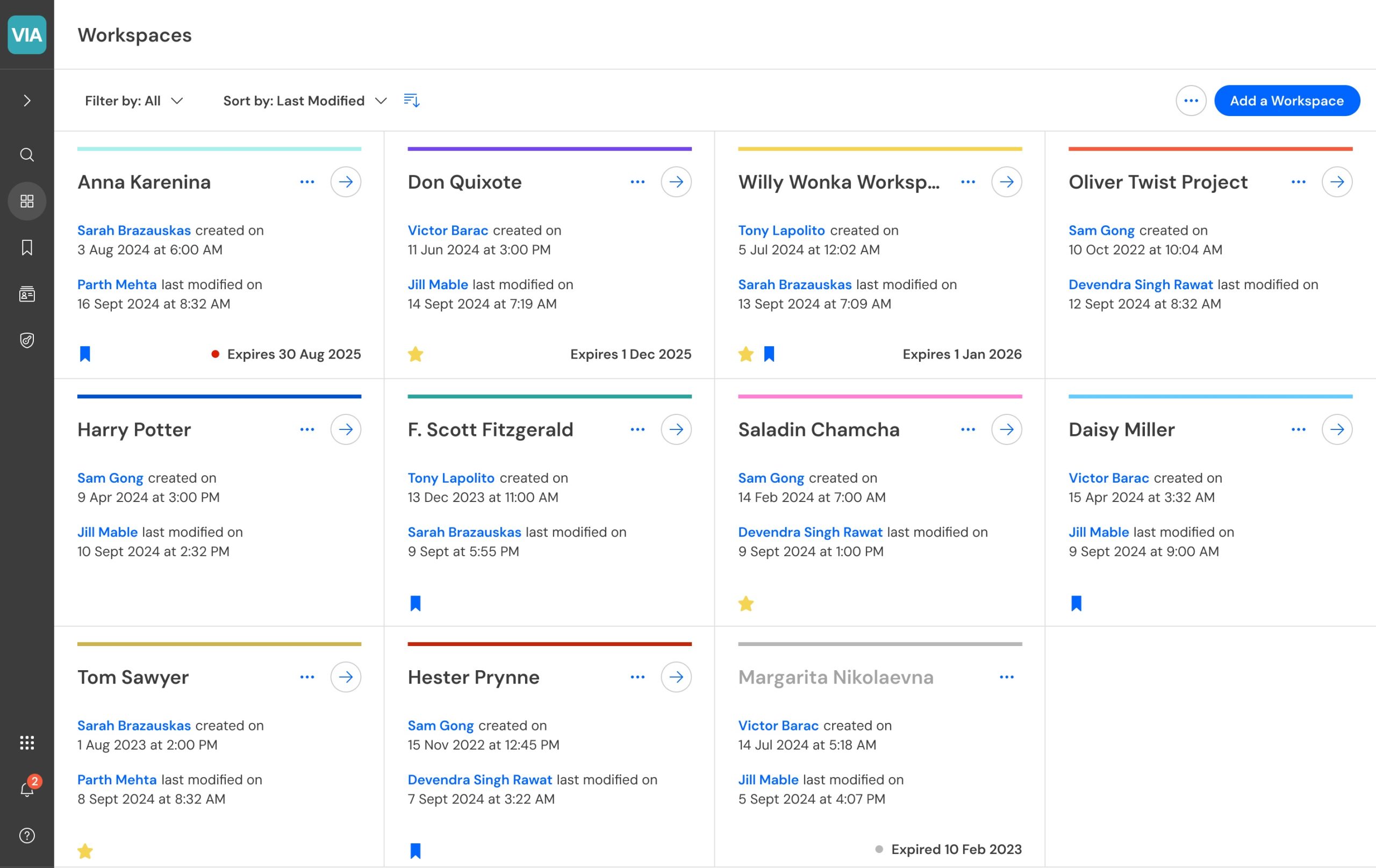
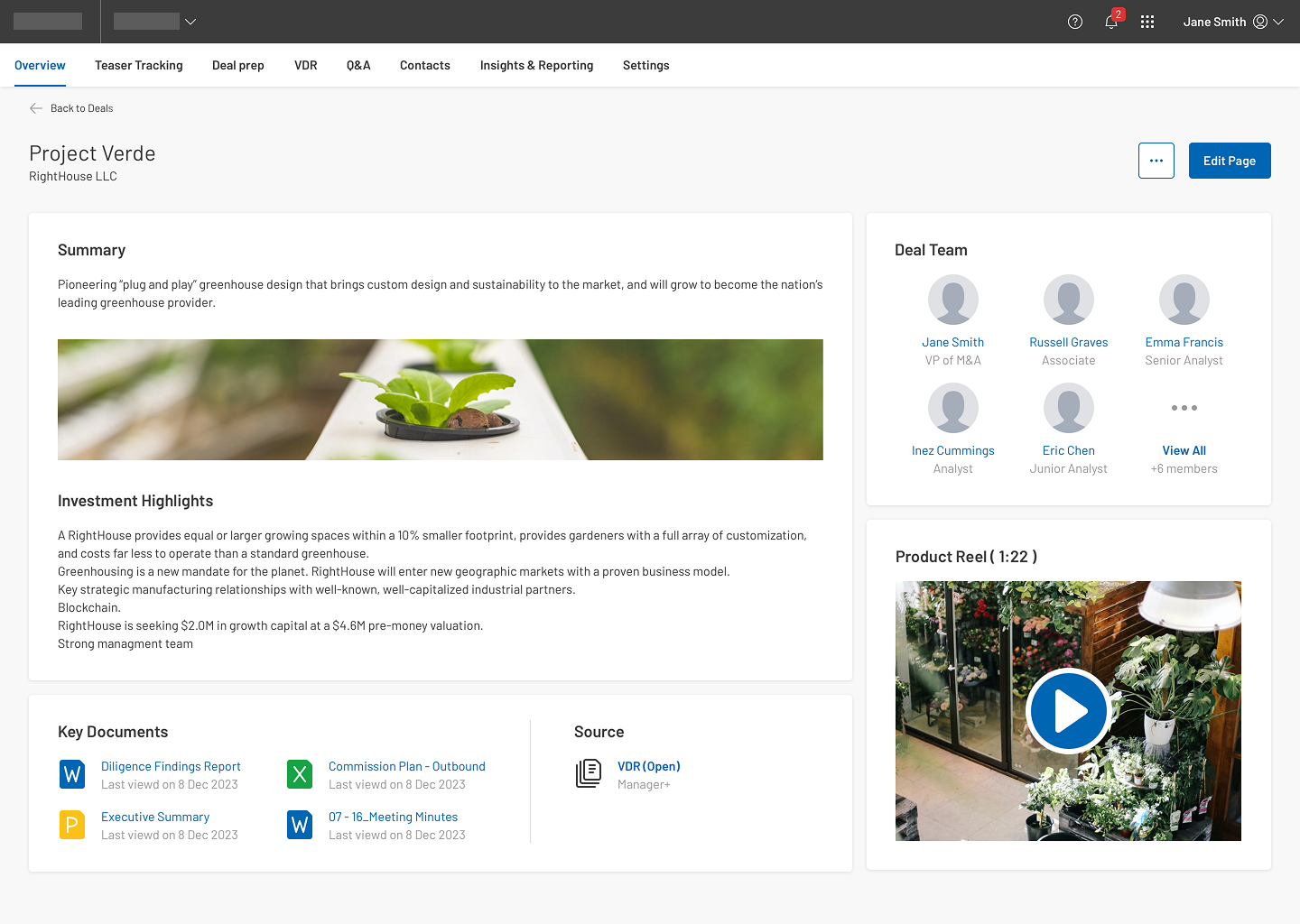
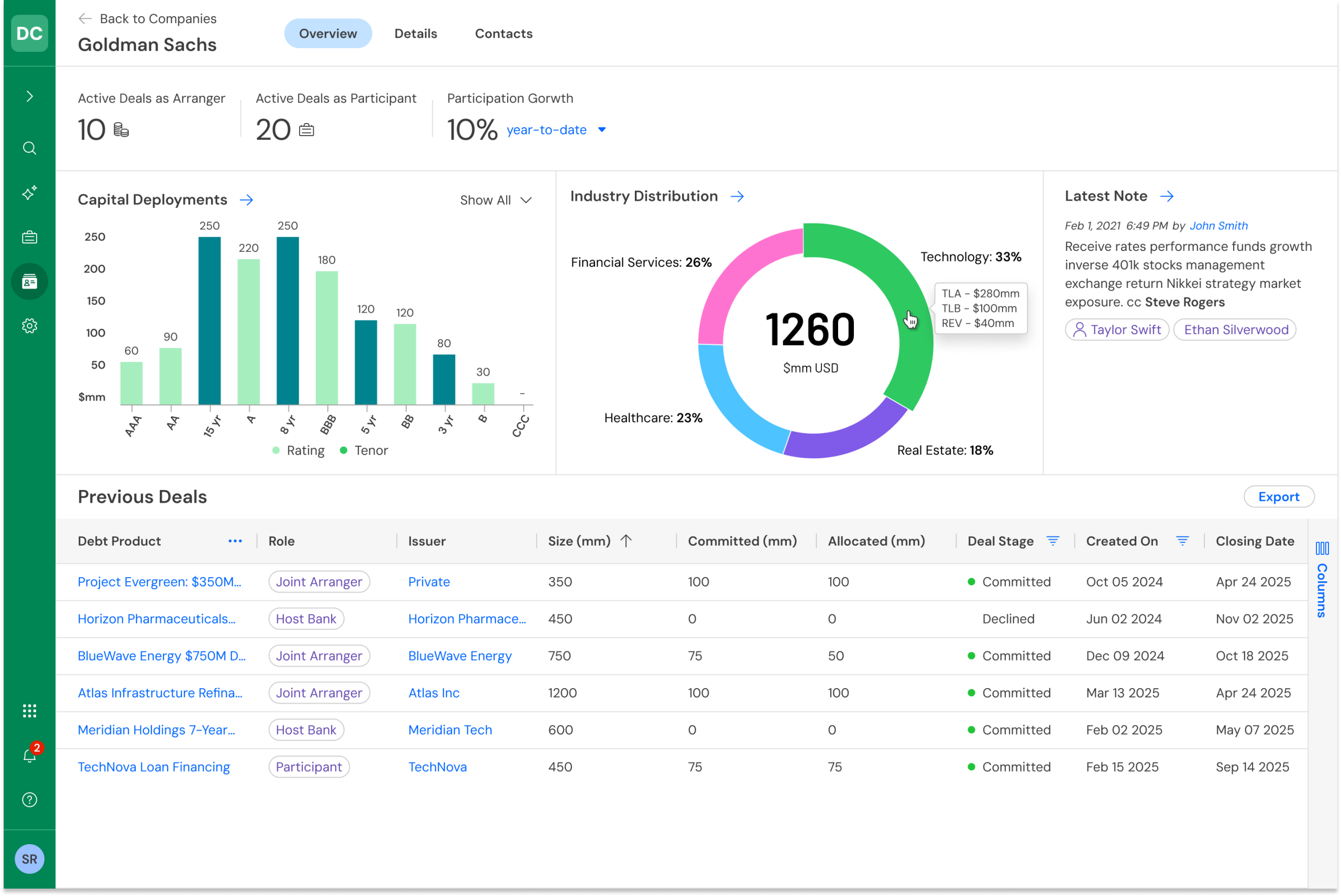
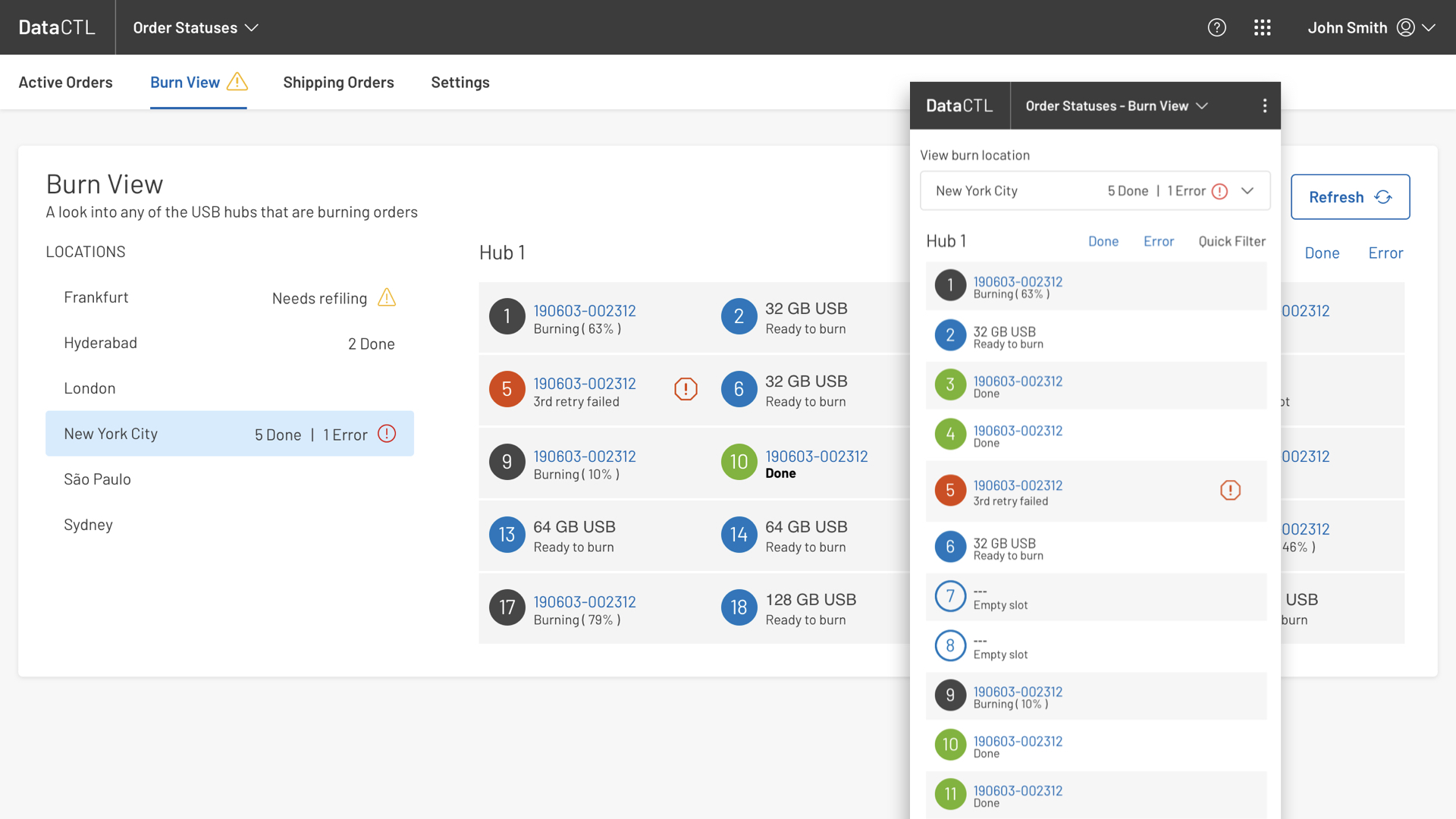
I design experiences and shape strategy using research.
I succeed by…

Bringing People together.
They’re fundamental to my process.
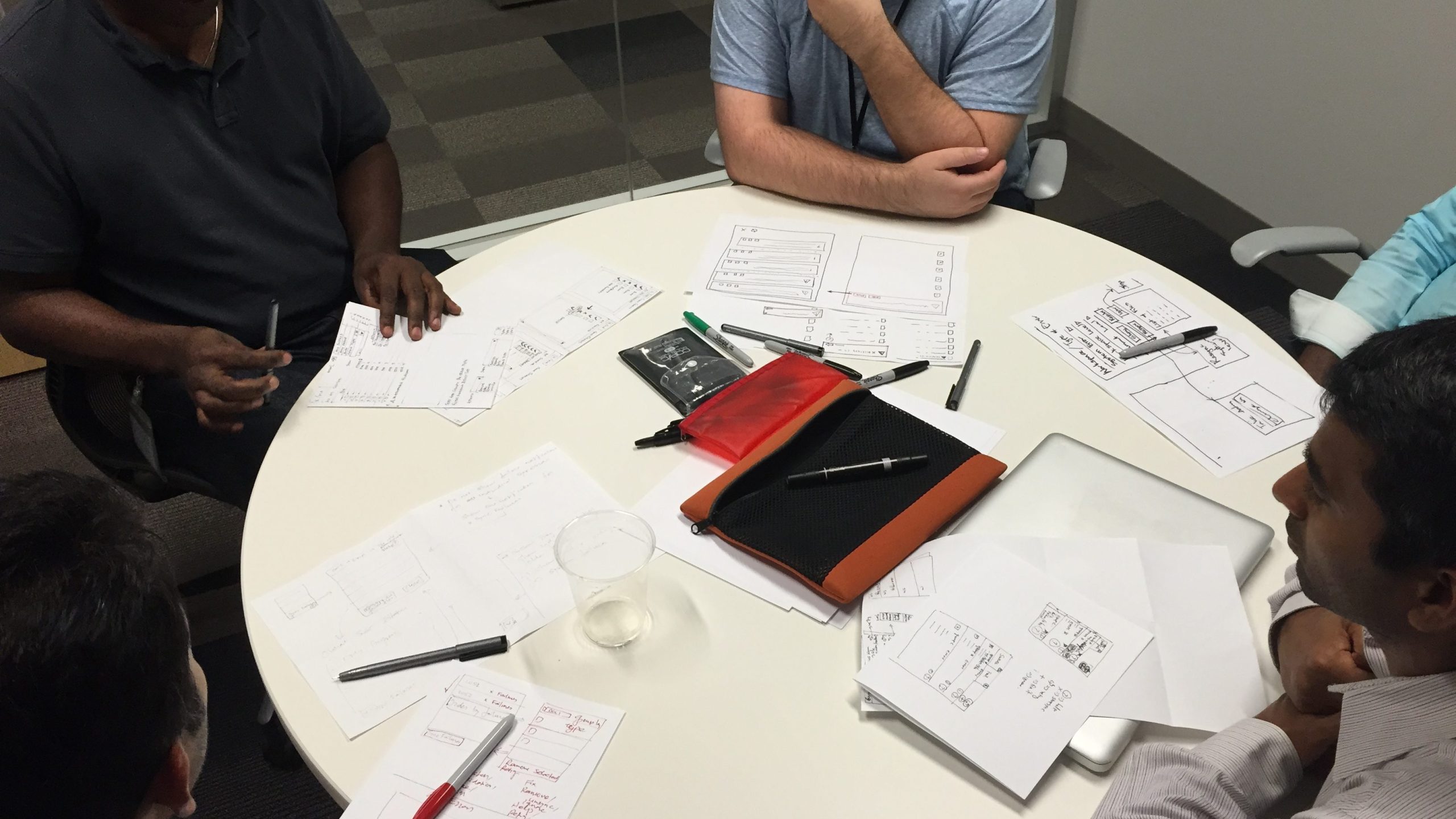
Design workshops align people and uncover innovative solutions.

Critique sessions up-level the output and keep collaborators in lock-step.
Also, some tools in my toolbox…
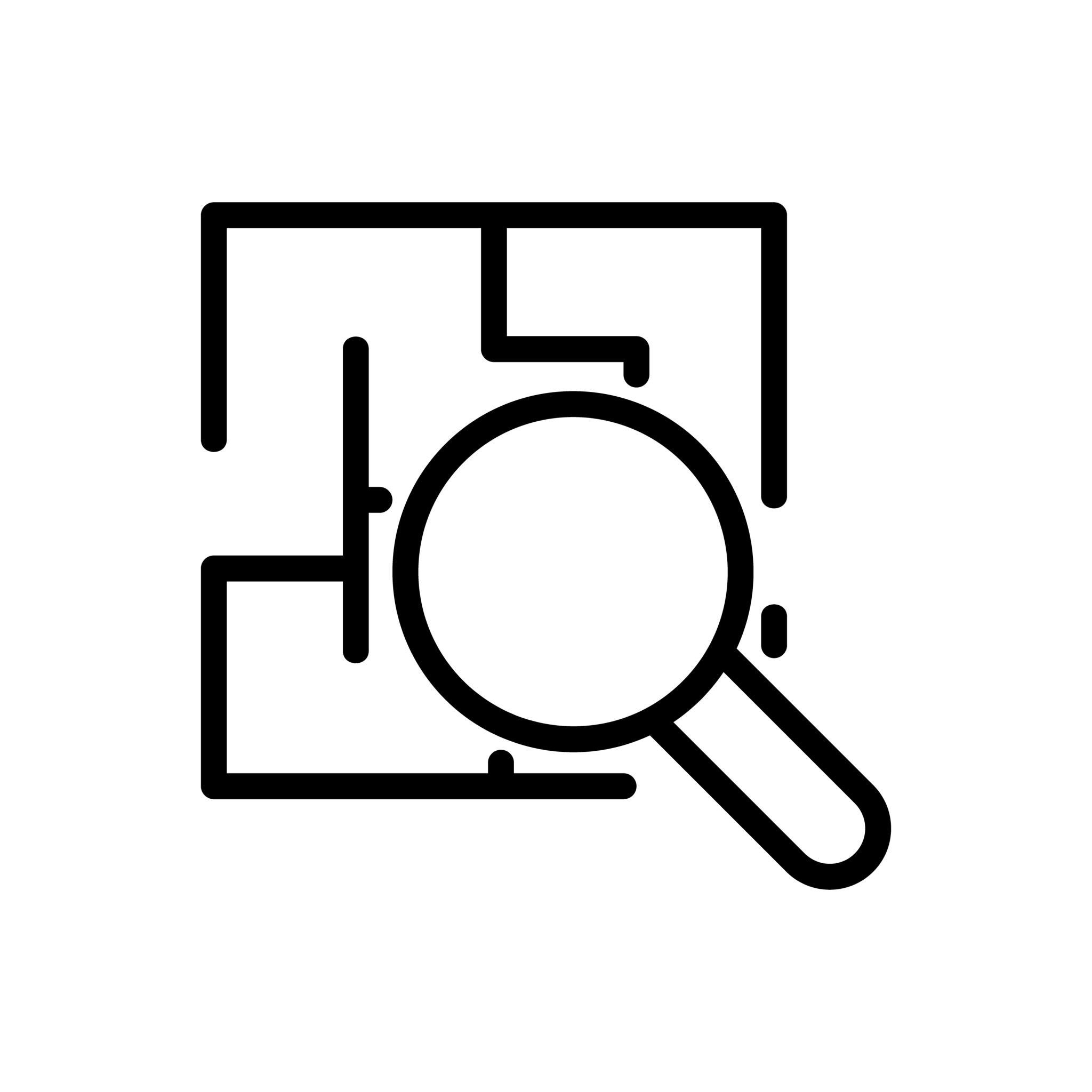
Analytics, Surveys, Customer Interviews

User Journeys, Story Maps, Card Sorts

Wireframes, Prototypes, Storyboards
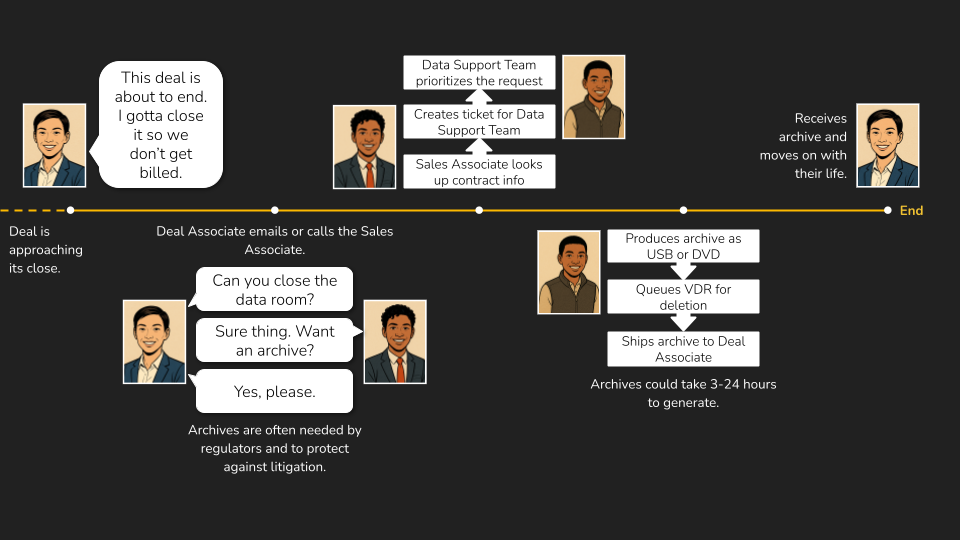



But Why?

I believe that problems are solved when people are engaged, empowered, and informed. The role of the designer is to cultivate this space, shepherding the entire team through the design process, not just the design itself.
I believe that delivering value is more important than delivering design. When people use our products and find value, it provides us with the ultimate touch-point: the moment when we make our work part of their story.
I believe in the power of people, working together, aligned in purpose and conviction, to make great things.
Let’s go build something cool.
My Work
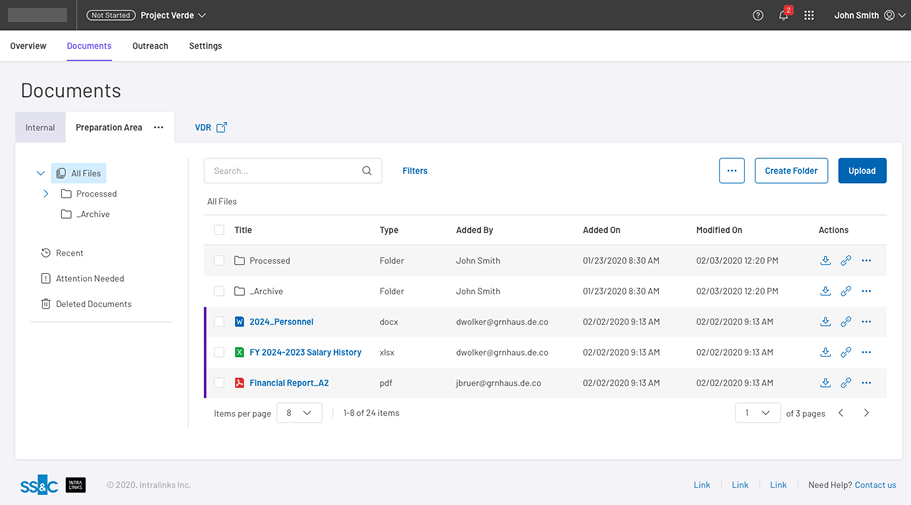
Document Collection Links
It was hard for our customers to collect documents from their customers. We made it easier.
Customer Journey
Prototyping
Roadmaps
Password Required

Deal Making Platform
What was first an exploration into a new line of business, grew into a re-imagining of our flagship product.
Research
Figma
Strategy
Password Required

Closing a Deal
Using service blueprints, customer journey maps, and storyboards to validate, replace, and upgrade the off-boarding experience for our customers as a means of increasing repeat business and reducing production costs.
Research
Service Design
Storyboarding
Password Required